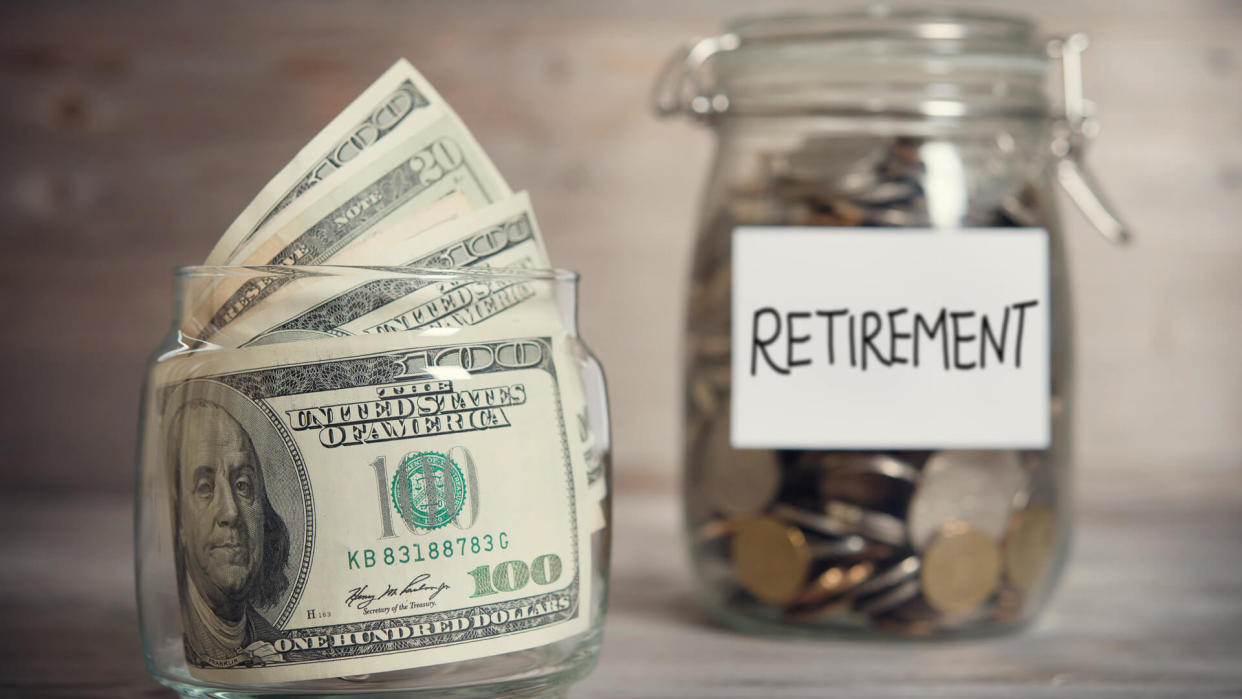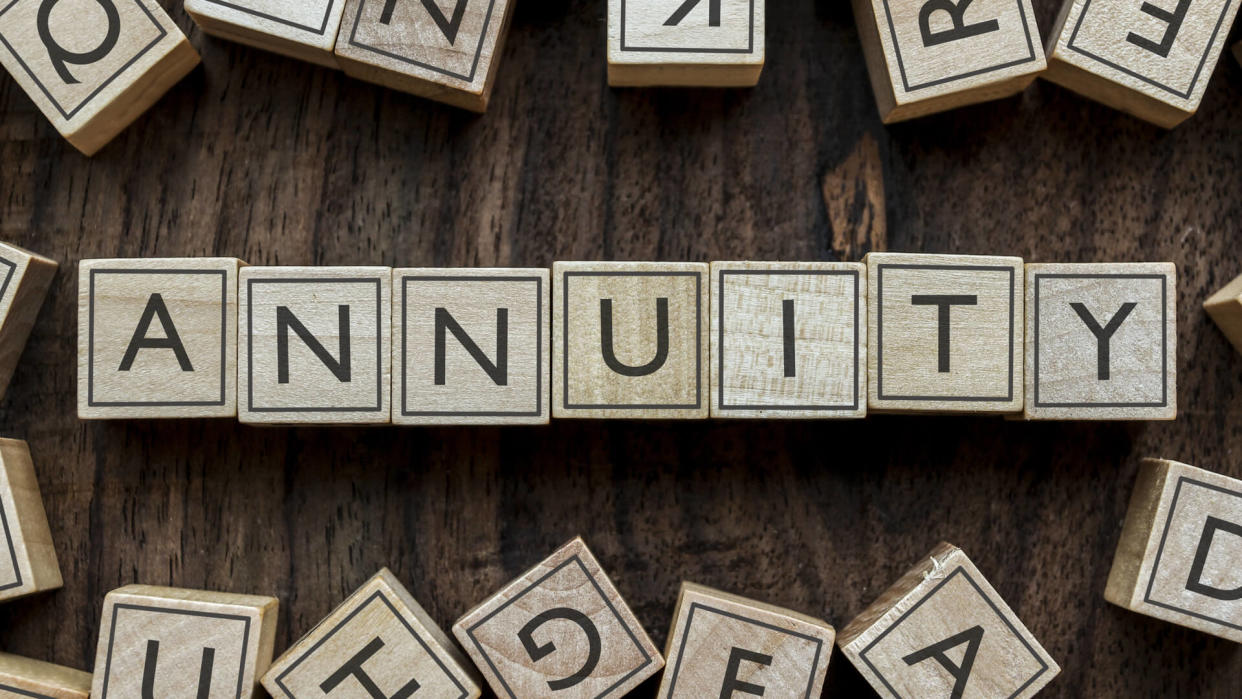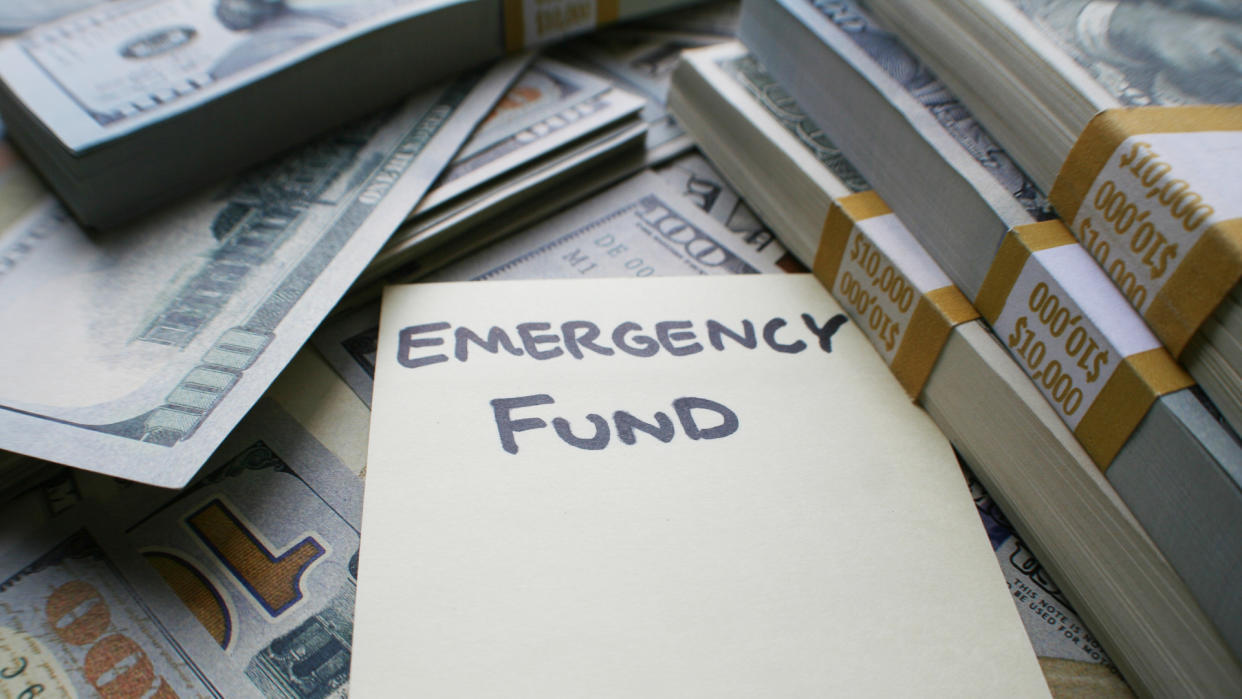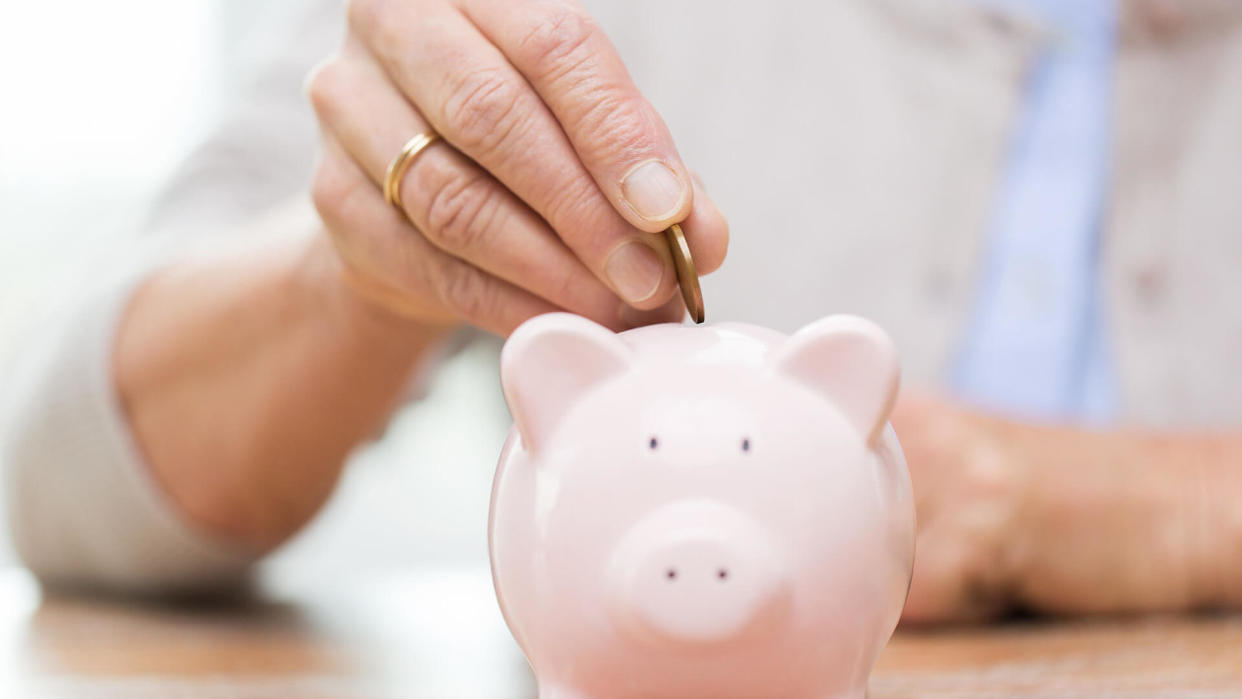How To Be ‘Financially Resilient’ — Even in Times of Crisis

The coronavirus pandemic has drastically impacted many Americans’ financial situations, putting some into crisis mode. A recent survey conducted by TIAA found that 60% of Americans have experienced some kind of financial stress amid the pandemic.
See: 10 Ways To Bounce Back From a Heavy Spending Month on Your Credit Card
But it’s not just a pandemic that could throw you into financial upheaval — you could have to take extended time off from work due to illness, need to do a major home repair due to a fire or natural disaster or fix your car after an accident.
Last updated: Feb. 19, 2021

Right Now, Many Americans Feel Financially Off Track
The TIAA survey found that 41% of Americans feel financially vulnerable at this point in time. If you’re in that boat — or if you want to be prepared for any crisis — follow these four steps to build your financial confidence and resiliency.
Read: 23 Secret Ways To Save Money on Amazon

1. Have More in Retirement Savings
TIAA asked Americans what contributes most to financial resiliency, and having more in retirement savings was the most popular answer, with 44% ranking it as important and 22% saying it’s the most important factor.
Take a Look: 35 Retirement Planning Mistakes That Waste Your Money

How To Do It: Aim To Contribute 10% to 15% of Your Income to Retirement Savings
If you’re financially able to (you have an emergency fund and are not struggling with debt), focus on contributing as much as you can to retirement savings. Dan Keady, chief financial planning strategist at TIAA, recommends saving 10% to 15%, including your employer match.
“While this often is an aspirational goal that takes time to reach, consider signing up to auto-increase your 401(k) contribution each year,” he said. “Your workplace plan is the easiest option as set up is easy — automatic in many cases — and contributions come directly from your paycheck. Benefits often include an employer match such as an additional 50 cents for every dollar contributed up to some percentage of salary, and often loan options.”
If you don’t have access to a workplace plan or are not happy with the plan offered, you still have other options.
“Review individual options such as IRA and Roth IRAs,” Keady said.

2. Have a Source of Guaranteed Lifetime Income for Retirement
41% of Americans said that having a source of guaranteed lifetime income contributes to their financial resiliency, with 22% stating it’s the most important thing for their financial confidence.

How To Do It: Invest In Annuities
“If you have an annuity option in your workplace plan, which can be converted into lifetime income at retirement as promoted by the Secure Act, put part of your 401(k) contribution into this option,” Keady said. “We suggest, as a rule of thumb, having accumulated half your age in a fixed annuity option, so a 30-year-old would have 15% in an annuity. Some ‘custom’ target-date funds already have an annuity built into the product.”
You can also purchase annuities outside of a workplace plan.
More Help: 12 Crucial Money Tips for Every Phase of Your Financial Life

3. Have More Money in an Emergency Fund
Ideally, the money you have in an emergency fund could help you weather any financial crisis you may face. 35% of Americans surveyed by TIAA said that having more money in an emergency fund is a top contributor to feeling financially resilient, with 16% stating that it is the most important factor.

How To Do It: Set Up a Direct Deposit to a Separate Savings Account
“We suggest ultimately having six months of expenses in an emergency fund,” Keady said. “However, everyone’s situation is different, which may require more or less.”
If you don’t have an emergency fund yet, or only have a small one, focus on building one up.
“Open a separate no-fee, interest-paying bank account,” Keady said. “Direct deposit from your paycheck what you afford — even if it is $50 or $100 — into this separate bank account each pay period.”

How To Do It: Reduce Your Current Expenses
To build your fund faster, consider focusing on ways you can cut expenses and channel these extra dollars directly into your emergency savings.
“Find three ways to reduce your current expenses,” Keady said. “Some common examples include reducing your number of subscription plans such as extra streaming services, finding a lower-cost cell phone plan, being more intentional in your spending to focus on what you value, putting a 24-hour ‘wait’ on all online impulse spending before purchasing and saving your tax refund (or reducing extra withholding that creates the tax refund).”

4. Pay Down Debt
28% of Americans said that paying down debt was one of the top contributors to feeling financially resilient, and 17% said it is the most important thing.

How To Do It: Pay Off High-Interest Debt First
“In general, we suggest paying down the highest interest rates first — this is often called the avalanche method,” Keady said. “The higher the interest rate, the more it costs over time and the more it reduces your ability to fund other goals. That said, if paying off a couple of small debts with very low balances and just a little lower interest rate can help you gain confidence in your ability to pay off debt, go for it. However, switch back to the highest interest rate as you begin to gain confidence.”

How To Do It: Remember That Not All Debt Is Created Equal
Having long-term debt is OK, so don’t stress out about paying this debt off ASAP.
“Proper use of longer-term debt can actually increase wealth if used prudently,” Keady said. “For example, an affordable mortgage can allow you to build wealth as you pay your mortgage, and reasonable levels of student debt can be an investment in yourself if your income potential increases.”

How To Do It: If You Have Student Loan Debt, Look For Ways To Reduce or Eliminate It
“Student loans may have possible loan forgiveness programs and income-driven plans to reduce payment,” Keady said.
If you work for a nonprofit, you may qualify over time for relief from the balance of your federal student loans by enrolling in the federal Public Service Loan Forgiveness program.
“Review options before paying extra for student loans – know your options first,” Keady said.
More From GOBankingRates
This article originally appeared on GOBankingRates.com: How To Be ‘Financially Resilient’ — Even in Times of Crisis
